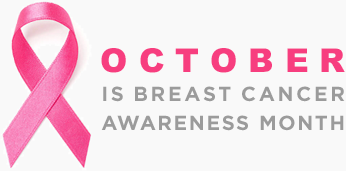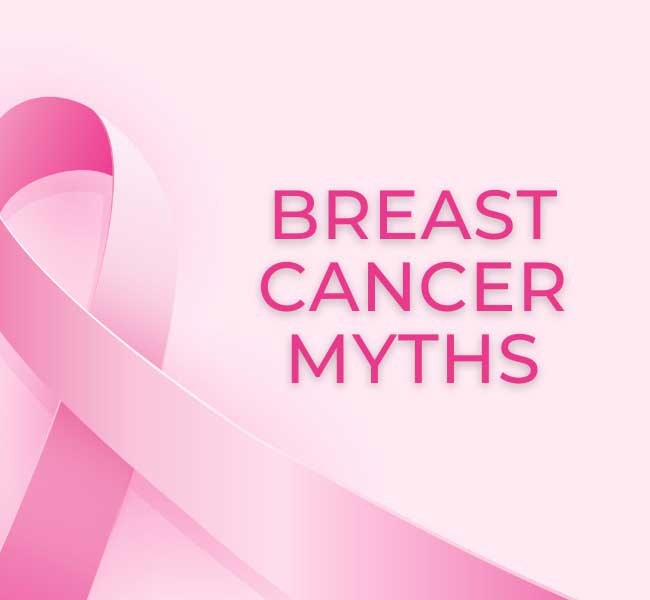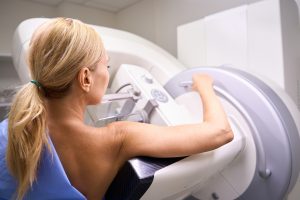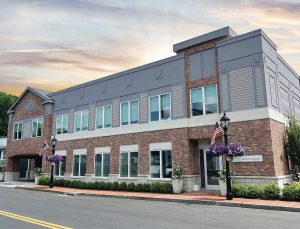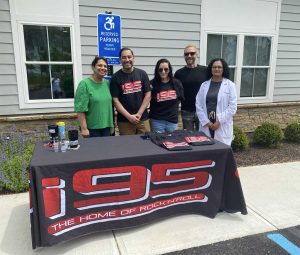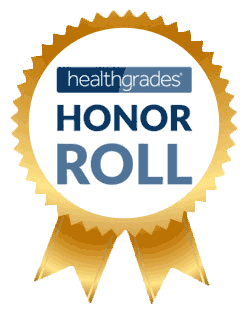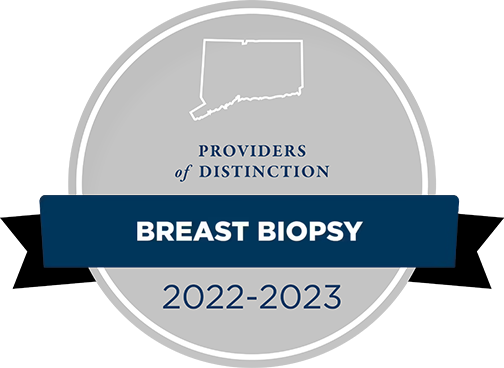Connecticut Breast Imaging Provides Clear Answers on Six Common Misconceptions
Breast cancer is the most common form of cancer in women (after skin cancer) in the United States, according to the National Cancer Institute, with over 290,000 new cases expected to be diagnosed this year. While these statistics certainly sound scary, the good news is that screenings are an excellent way to find cancers early, when they are most treatable.
There are significant misconceptions about breast cancer, including what causes it and who can get it. Connecticut Breast Imaging addresses some of the most common breast cancer myths and misconceptions here, to help educate and inform the community.
1. Breast Cancer Only Happens in Older People
Breast cancer is rare in the younger population. Typically, breast cancer diagnosis rates peak in women 65-75 years of age and then decline. While age is certainly a risk factor for the development of breast cancer, and older women tend to have higher rates of diagnosis, about 11% of all breast cancers occur in women younger than 45, according to the Centers for Disease Control and Prevention (CDC). Many younger women detect the abnormality themselves, so breast awareness is important for younger demographics.
2. I Am Too Old to Get Breast Cancer
Some women convince themselves that after a certain age they are no longer likely to get a breast cancer diagnosis. It’s an idea that is not based on facts, but helps people feel less anxious. While the diagnosis rate peaks between age 65 and 75, older women can still develop breast cancer. In fact, cancer rates in people over 75 are actually fairly high, partially because fewer people that age get screened. That is why it is so important to adopt a regular screening schedule and maintain it throughout your life. Breast cancers detected in those over 75 are generally slow growing and more easily treatable. After age 75 it is important to have a discussion with your physician to discuss pros and cons of screening for breast cancer and develop an individualized plan.
3. I Don’t Have a Family History so I Will Not Get Breast Cancer
Having a first-degree relative (mother or sister) who developed breast cancer before age 50 places a woman in a higher risk category for breast cancer. This is one reason why physicians always ask about family history. In fact, according to the National Breast Cancer Foundation, only 10% of those diagnosed with breast cancer have a family history of the disease. There are other factors involved in determining a woman’s risk for developing breast cancer.
4. You Can Feel a Lump If You Have Breast Cancer
Breast cancer does not always present in the form of a lump (something you feel on examination of the breast). This false belief is the reason that many women skip mammograms, because they wrongfully assume that if they don’t feel a lump via self-exam, they do not have breast cancer. Other, less-common but important signs of breast cancer include swelling, nipple inversion or nipple retraction, redness, scaliness or discharge (other than milk). Conversely, not all breast lumps mean you have cancer. Most are in fact benign. THe difference is determined by doing diagnostic imaging.
5. Wearing an Underwire Bra Causes Breast Cancer
There is no evidence to support this claim. A 2014 study of roughly 1,500 women with breast cancer found no link between bra-wearing and breast cancer, according to Breastcancer.org. However, being overweight does increase breast cancer risk, and women who are overweight are more likely to have larger breasts and wear underwire bras. This is probably why this myth continues to circulate.
6. You Don’t Need Mammograms If You Lead a Healthy Lifestyle
While exercise, diet, limited alcohol consumption and maintaining a healthy body weight also reduce your risk of breast cancer, there are many factors, including heredity and environmental, that can result in breast cancer. No matter what your level of health, regular mammograms are still critical for early diagnosis.
7. A Mammogram Can Cause Cancer
The amount of radiation in a mammogram is minimal, equal to about two months of typical background radiation experienced in our daily lives, and there has never been a proven case of cancer caused by the radiation from a mammogram. The amount of radiation in mammograms is highly regulated by the FDA and other governing organizations, so women should feel safe regarding annual mammograms. Moreover, the benefits of a mammogram far outweigh the small exposure to radiation during the exam.
8. Men Don’t Get Breast Cancer
This is untrue, as more than 2,670 men were diagnosed with breast cancer in 2019, and over 500 died from the disease. While this is still a relatively small percentage of all breast cancer cases, it is still important for men to pay attention to any breast changes, or lumps. Male breast cancer frequently presents in the form of a hard lump underneath the nipple.
Male breast cancers also have a higher mortality rate as compared to women, but not because their cancers are more serious. This higher rate is due to the fact that men are less likely to assume a lump is serious and they typically delay seeking treatment. Any lump felt should be reported to a physician immediately.
Even for skeptics, it’s essential to maintain regular breast screening. Fortunately, today’s advanced screening methods are widely available, and Connecticut Breast Imaging, located nearby in Danbury, Connecticut offers state-of-the-art, easily accessible, exceptional screening services, and highly trained sub-specialized physician radiologists.
About Connecticut Breast Imaging
Founded in 2010, Connecticut Breast Imaging is a highly-regarded innovator in the field of comprehensive breast imaging and diagnosis. The patient-centered practice is dedicated exclusively to screening, and diagnosis of breast cancer and other breast abnormalities. The practice’s top doctors – many of whom have trained and taught at some of the most prestigious universities in the U.S., including Yale, and Harvard Universities – offer 24-hour results for most exams and procedures. Connecticut Breast Imaging offers 3D Mammography, Breast Ultrasound, and Breast Biopsy, providing unparalleled diagnostics, interpretation, and care. The practice’s focus on patient-centered care has earned its recognition in the State of Connecticut Employee Network of Distinction for Breast Biopsies.
With three convenient locations in Danbury, Connecticut Breast Imaging serves patients Monday through Saturday. For more information or to schedule an appointment, call 203.791.9011.
